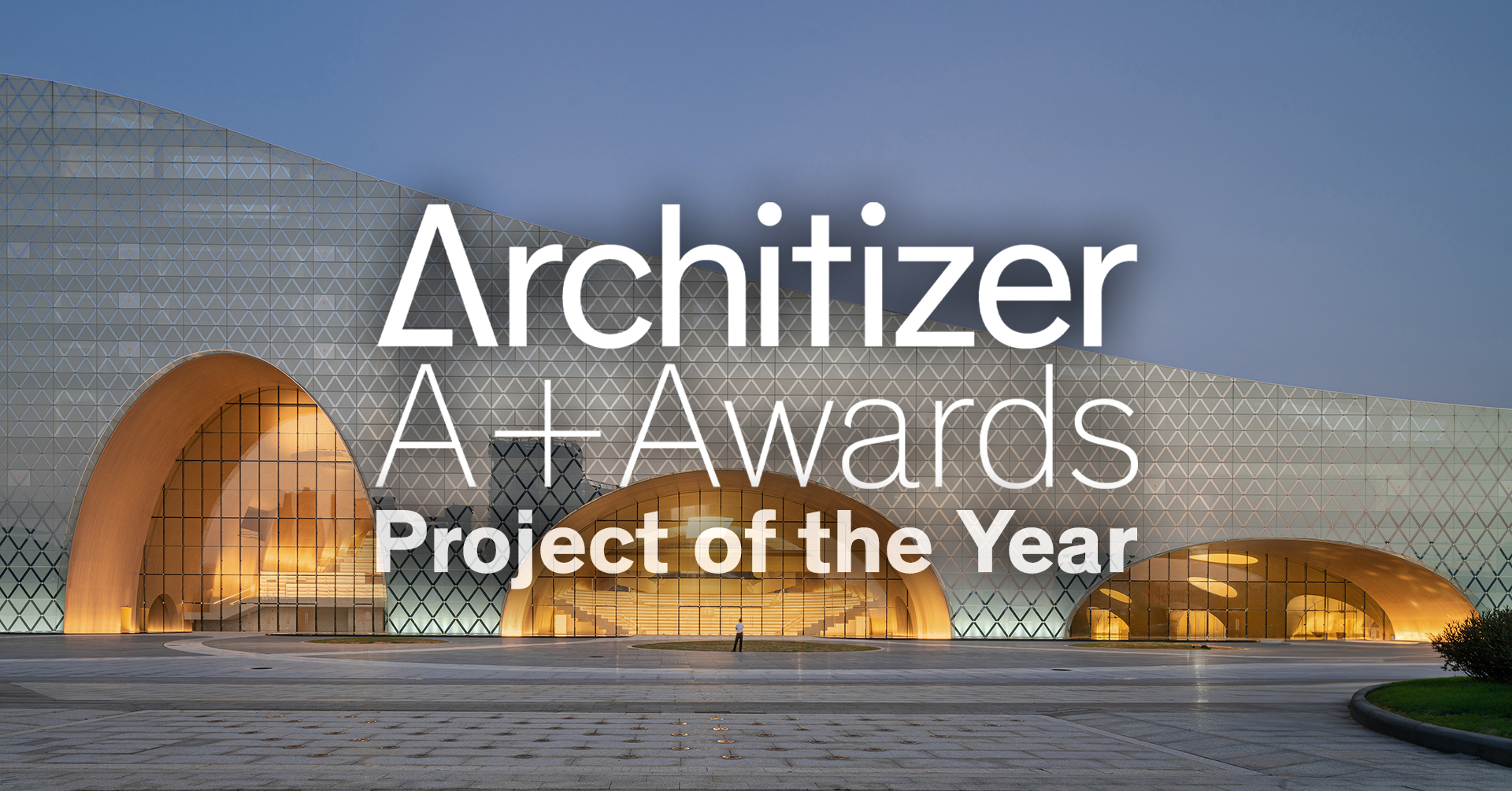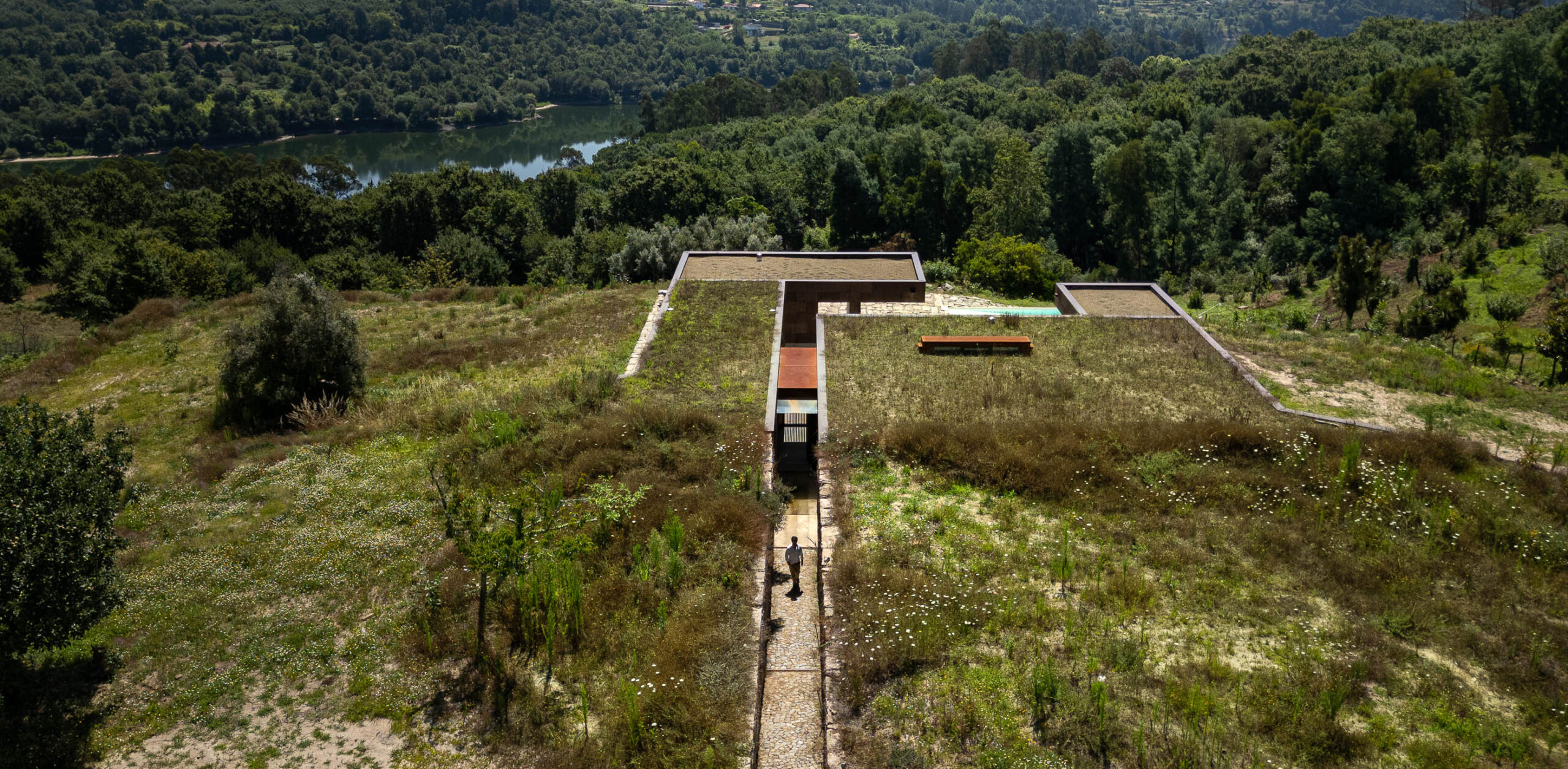Bridging Past and Future: Uzbekistan’s Expanding Cultural Landscape

 Bukhara, Uzbekistan. Image © Sultonbek Ikromov with Unsplash License
Bukhara, Uzbekistan. Image © Sultonbek Ikromov with Unsplash License
Uzbekistan's architectural and artistic heritage reflects a layered history shaped by centuries of cultural exchange along the Silk Road. From the monumental ensembles of Samarkand and Bukhara to the scientific and educational institutions of the Timurid era, architecture has long been a vessel of identity and knowledge across the region. In the twentieth century, Tashkent emerged as a new urban laboratory, where modernist ideals met local craft traditions and environmental pragmatism. The city's reconstruction following the 1966 earthquake became a defining moment, fusing Soviet urbanism with regional aesthetics to produce a distinctly Central Asian expression of modernity, one that translated cultural continuity into concrete, glass, and light.




















































